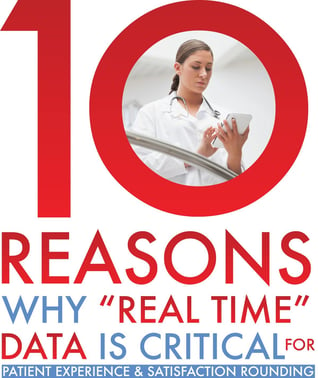
1. Service Recovery in Real Time
A key building block to effective Patient Satisfaction and Experience is ensuring the design incorporates the ability to move your organizational culture away from the idea that this is a data collection exercise to be reviewed in a meeting at some later date.
While data collection is part of the exercise, the design must focus on uncovering service failures and executing service recovery in real time.
Done effectively this rounding will uncover patients’ issues. If you uncover issues and don’t fix them, you would be better off not uncovering them at all.
When you find a patient’s issue, it is critical to resolve it immediately.
Failure to act on issues or complaints adds fuel to the fire. Your patient satisfaction results won’t be good, but not resolving issues makes your results worse!!!
2. Every Patient Every Day 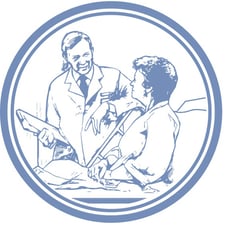
Ensure your design allows you to get to “every patient every day.”
Accept that there will be hurdles and objections. This is not an effort merely to see what the patient thinks; it’s designed to ensure the best possible patient experience.
In most restaurants, you will get checked on three or four times during the course of a meal. Is once a day too much for a hospital patient?
3. How Long Will All Of This Take? 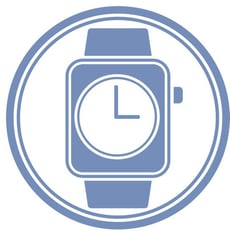
A well-designed and well-executed process will take 4- 5 minutes per patient.
Yes, some will want more attention. It’s the same in restaurants, shops, and on cruise ships.
Don’t be distracted by the outliers.
With this volume of observations and potential failure points, the ability to respond effectively in real time is crucial.
An organizational question not asked often enough is, "Are we prepared to invest five minutes a day with each one of our patients to ensure they are satisfied with our service?"
4. When You Find IT, Fix IT 
Many items can be fixed at the time by the person conducting the visit. That’s really real time!!!
- Don’t send someone else to get a newspaper; get it for them immediately. That is service and will be recognized.
- Don’t send food service to get a hot cup of coffee; get it for them immediately. That is service and will be recognized and appreciated.
- Don’t send a notification on a pain issue; get the nurse and have it attended to immediately. That is service and will be recognized.
Always look back at your discussion from yesterday and be sure that any issue identified stays fixed.
5. Hardwired Service Recovery / Follow Up 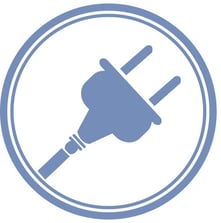
Ensure you have identified who is responsible for service recovery.
Do not leave the room looking for phone extensions to call.
Ensure that all parties are aware of their responsibilities.
Spend time with these departments, ensuring they understand the response expectations and the hospital goal of improving patient satisfaction.
“Kind words can be short and easy to speak, but their echoes are truly endless” — Mother Teresa
6. Paging / Texting 
In many situations, notification via email delays the response.
For example, food service, engineering, and housekeeping departments are constantly on the move; and the design cannot assume someone is at a desk or able to regularly check their email.
Incorporate automatic paging or texting to ensure a prompt response.
Housekeeping often has, or should have, a house pager that is transferred from shift to shift to prevent this type of failure.
7. Directable Follow-Up
(The ability to select who should respond to a service failure)
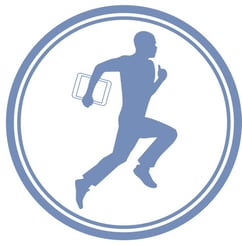
Some situations require a response from different people.
For example, if a patient has questions about discharge, the accountability for the response could be the assigned nurse, social worker, or case manager.
Ensure that when the issue is uncovered, your process can quickly connect the issue to the accountable department(s) for immediate response.
Do not rely on phone messages, or “remembering.” Build the functionality into your process.
This requires fairly sophisticated software and internal process development and is a crucial foundation for effective service recovery. This is discussed further under #9. Seamless Technology, below.
8. Escalation 
Design in rapid escalation capability. You cannot ignore items requiring attention.
Typical escalation should ensure that any item not completed in 24 hours is escalated to a senior manager.
Accountability for all individuals is a key component for improving service recovery consistently.
Senior management must walk the talk. If there is not anxiety and pressure to get items resolved quickly, the process will not be sustainable.
9. Seamless Technology
Key considerations when deciding which technology to deploy: 
- Make sure that the technology you select is easy to use. This type of effort cannot be supported manually. Effective hospital rounding of any type requires a high level of sophistication in the supporting technology. There are many moving parts.
- Do not attempt a home grown version. This is not an effort that can be managed in Excel. It is highly unlikely you will get in-house IT effort assigned; and, if you do, you almost certainly will not receive the ongoing maintenance and upgrades that will be required.
- Don’t buy the “cheap” version. Look at the low end versions and capability so you are aware of the limitations. It almost certainly will not support your process. Find a supplier who has the software, a thorough understanding of hospitals (ideally specializes in hospitals), and who can demonstrate operational knowledge of patient care rounding.
- Stay out of the technology. Patient experience will improve if your focus is on:
- Ensuring patient rounds are completed daily.
- Ensuring that the staff conducting patient rounds make a thorough, honest assessment.
- Ensuring that service failures are corrected immediately.
- Initiating Performance Improvement against items with a high-fail rate.
This is a major task and typically involves a significant cultural shift. Don’t take this all on and assume responsibility for technology as well.
10. Reports / Dashboards 
- Daily Completion: Ensure you have real-time reporting / dashboard capability. The system should give you a daily snapshot and compare that to your targeted contact rates. Many well intentioned efforts fail because no one checks that patient care rounds are actually being done.
- Service Recovery: Ensure you have a daily report on any service recovery item not completed the same day. These failures require immediate attention. If your patient has identified an issue and it has not been corrected, you are losing credibility for your efforts.
- Weekly / Monthly Summary: This is a consolidated view of all activity showing completion rates, highest failing items, etc.
- Department Dashboards: Incorporating these results into individual department dashboards to allow nursing unit managers to track their progress and results is critical. We often hear front line nurse managers say, “We conduct all sorts of checklist and patient rounds, but no one ever gets us the results consistently.”
- Performance Improvement: Take advantage of all of the hard work that has been done. Find the issues that are failing at a high rate and use the data to drive the performance improvement team’s focus. The key PI concept is that if you have one item failing at a high rate, it will be a “systematic” issue requiring correction.
Summary
- If it’s not Real Time, stop and redesign the approach
- Every patient, every day!
- Get the resource committed
- Hardwire service recovery for same day
- Ensure rounds are conducted thoroughly each day
LEARN MORE IN OUR POPULAR PATIENT SATISFACTION EBOOK:
.png?width=400&height=267&name=Patient%20Satisfaction%20ebook%20(1).png)
Previous Post: Are You Spreading Manicured Infection?
